Will China censor its new star museum over Ai Weiwei?
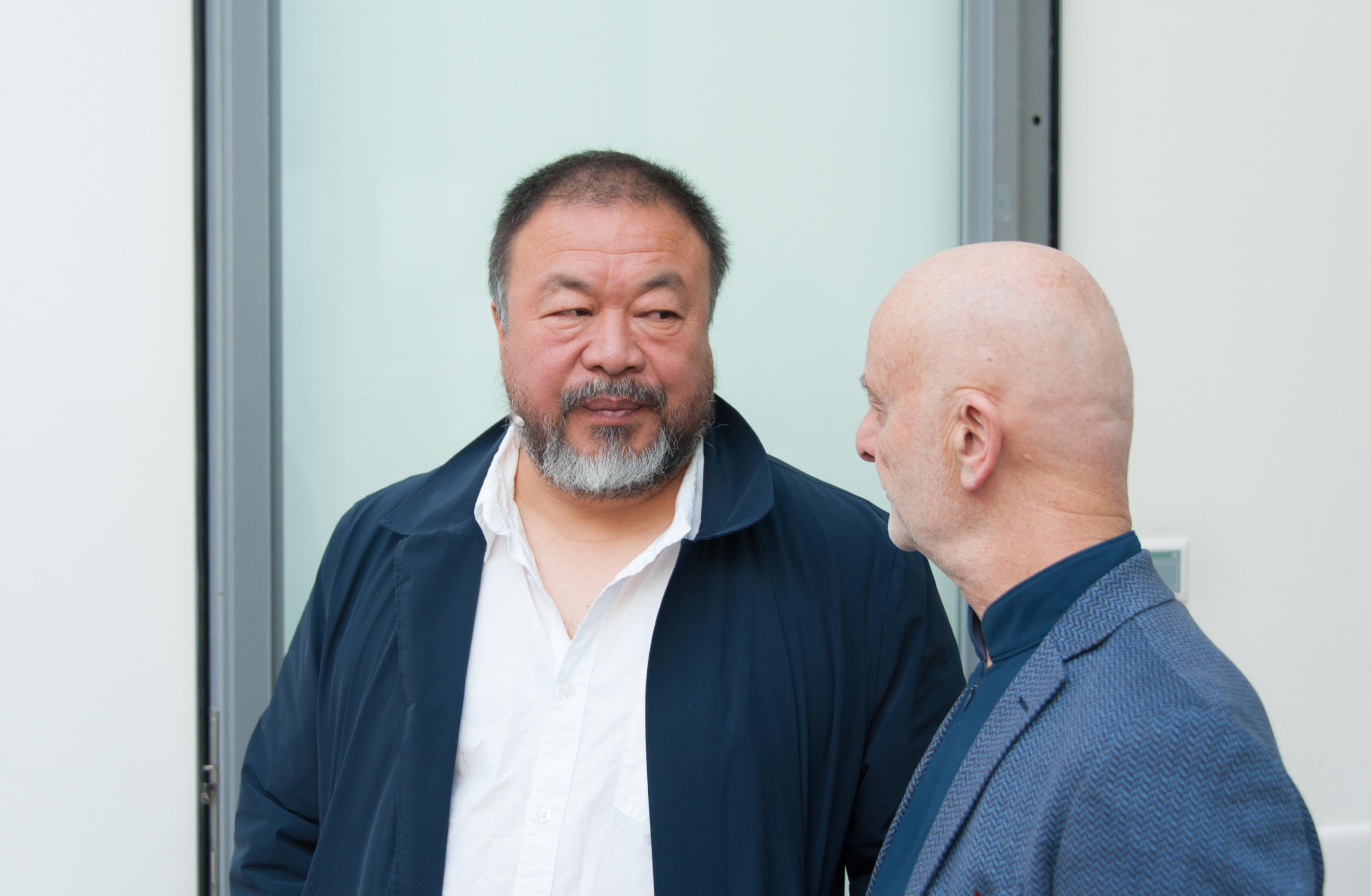
Uli Sigg has the largest private collection of contemporary Chinese art in the world. The Swiss ambassador-turned-collector is giving a chunk of it to a new Hong Kong museum. But will it be censored by China? Artist Ai Weiwei and architect Jacques Herzog were in Bern to debate the issue with Sigg.
Clad all in blue, Sigg leans against a doorway in the Zentrum Paul Klee, sipping a diet Coke as a brightly lit Ai Weiwei is questioned by Swiss television on his work for the refugee crisis. In the background stands Ai’s “Fragments” artwork. Nearby a crowd takes photos of the artist with their smartphones.
The pair have a “colourful, intense” friendship, and Sigg clearly understands the draw of Ai. Both are here to promote “Chinese Whispers”, an exhibition showcasing Sigg’s collection of art spanning four decades, but when they enter the press conference on Wednesday, Sigg doesn’t take to the stage, leaving Ai to face reporters’ cameras alone.
Ai is also here to announce a new film project on the migrant crisis due out next year but fields questions on everything from his Instagram account – “What made me today is the internet” – to democracy in China – “It’s very hard to say when we will reach a moment we can call democratic”.
Asking for trouble?
But Ai’s friendship with the Swiss collector also spells trouble. Of the 1,510 works Sigg is handing over to the M+ museumExternal link in Hong Kong, 24 are by the controversial Chinese artist. In 2014, Ai’s works were pulled from a Sigg-related show in Shanghai. Could this happen again when the M+ opens in 2019?
A harsh critic of the Chinese state, Ai’s run-ins with China in the past decade catapulted him even further into the international spotlight when he was detained for 81 days in 2011. When the state returned his confiscated passport in 2015, he moved to Berlin where he now has a studio and his son is enrolled in school.
Bern was a reunion of sorts for Sigg and Ai, who were joined by another long-time collaborator Jacques Herzog, of star Swiss architecture firm Herzog & de Meuron, for a panel discussion on the future of architecture in China. Ai had helped with the design concept for the Bird’s Nest Olympic stadium, and most recently the Swiss firm designed the M+’s building in an upside-down capital T shape that the firm says “anchors” the structure in its West Kowloon surroundings.
The combined value of Sigg’s donation to the M+ is estimated at $163 million and when opened, it will be one of the biggest museums in the world.
“M+ is not just another museum,” enthuses Herzog & de Meuron in their design write-up. “M+ is a public forum, a built platform for the exchange, encounter and activity of people and art.”
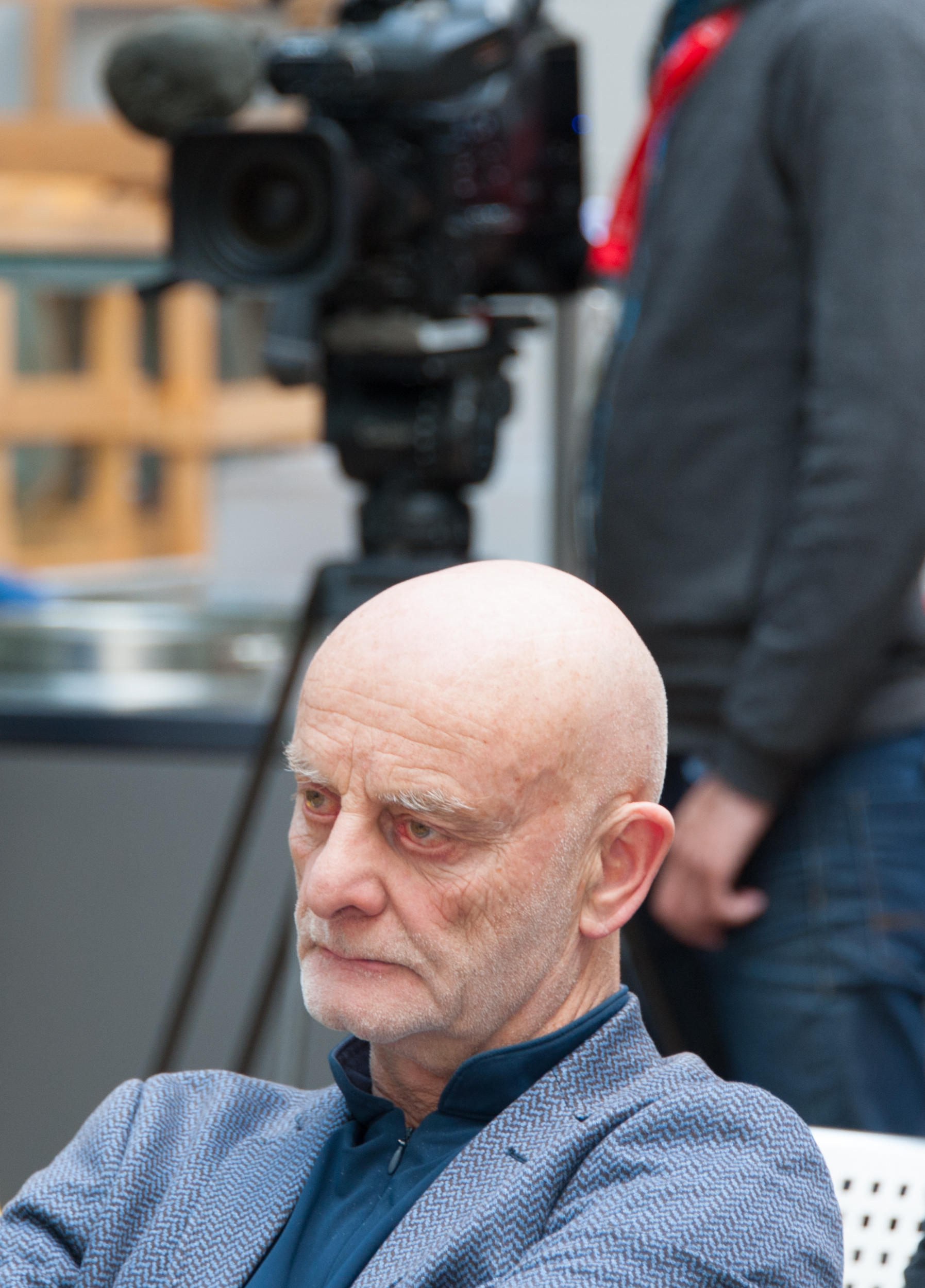
Art in Hong Kong
Hong Kong was chosen as the new home for the museum because it is considered more liberal, as was argued by the authorities. Still, it doesn’t have a strong art tradition. As Herzog said in Bern: “Shanghai and Beijing are much more art cities. Hong Kong has no art. It’s a visual culture but no art.”
According to Ai, Hong Kong was the best location choice “because Hong Kong is part of China but it is not exactly China. It has some sense of independence. But now the situation is getting worse. China is trying to grab more strong control within Hong Kong. The leaders are practically Communist Party members and cannot make any move that would make the central government uncomfortable. And it is very difficult to make them happy.”
“So I think the situation is quite fragile but again Hong Kong’s fate depends very much on how China will develop. China, also, is quite uncertain which direction it will go,” he told the panel.
A Beijing-backed candidate became chief executive of the territory in 2012 and there have been social tensions between the Chinese and Hong Kong residents since the reunification with China. A new chief executive will be elected next year. Who that will be and how that person will shape the relationship between Beijing and Hong Kong is a big unknown for the museum. Whether that could have an impact on what contemporary art is shown is also up in the air.
Censorship is dangerous
Sigg remains “quite convinced that the building will be delivered”. Whether Ai’s works will be shown, “we can only guess at this point in time”.
“There is a debate about freedom of speech in Hong Kong which has been accentuated by the Umbrella Movement of course.”
As an example, Sigg pointed to a pre-opening exhibition of contemporary works that has just finished in the territory. “After thorough discussions with the authorities, all the works in this exhibition – some very political, some even regarding Tiananmen ’89 – could be shown. This sent a strong signal beyond the art community for the city of Hong Kong. What will be in 2019, we can only speculate. It is my sincere hope that all the works will be shown in Hong Kong as they could in the past,” he told swissinfo.ch.
Any censorship would spark a heated public debate, he said. Today’s Hong Kong residents are “totally different to the public under British rule. They have gotten very outspoken. It could go in any direction”.
Mission accomplished
In donating the works to the museum, Uli Sigg said his “self-imposed mission to build this collection” had been accomplished. “That period where nobody paid attention and nobody built a collection so the world would know what contemporary Chinese art was like [is over]. Now there are many people and institutions who start to collect. There is no need for someone like me anymore.”
Sigg, whose business took him to China first in 1979, and whose earliest pieces in the collection date back to the Cultural Revolution, will still keep his hand in beyond 2019 though, dispensing awards for artists and art critics. He is also considering an award for institutions so there is a standard. “There is still a lot to do there,” he says.

In compliance with the JTI standards
More: SWI swissinfo.ch certified by the Journalism Trust Initiative

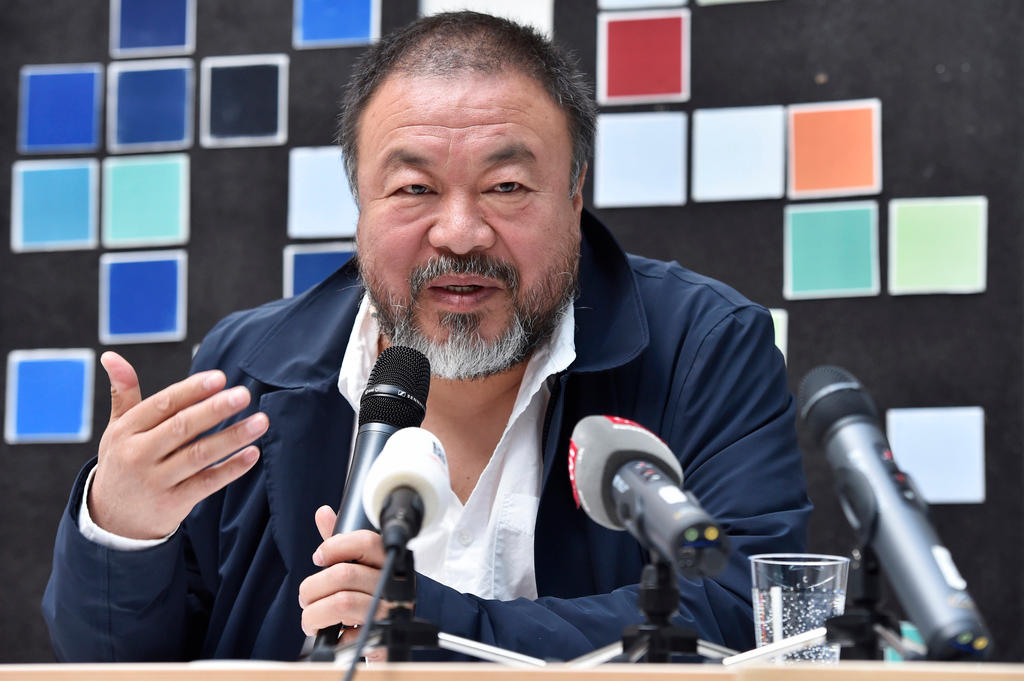
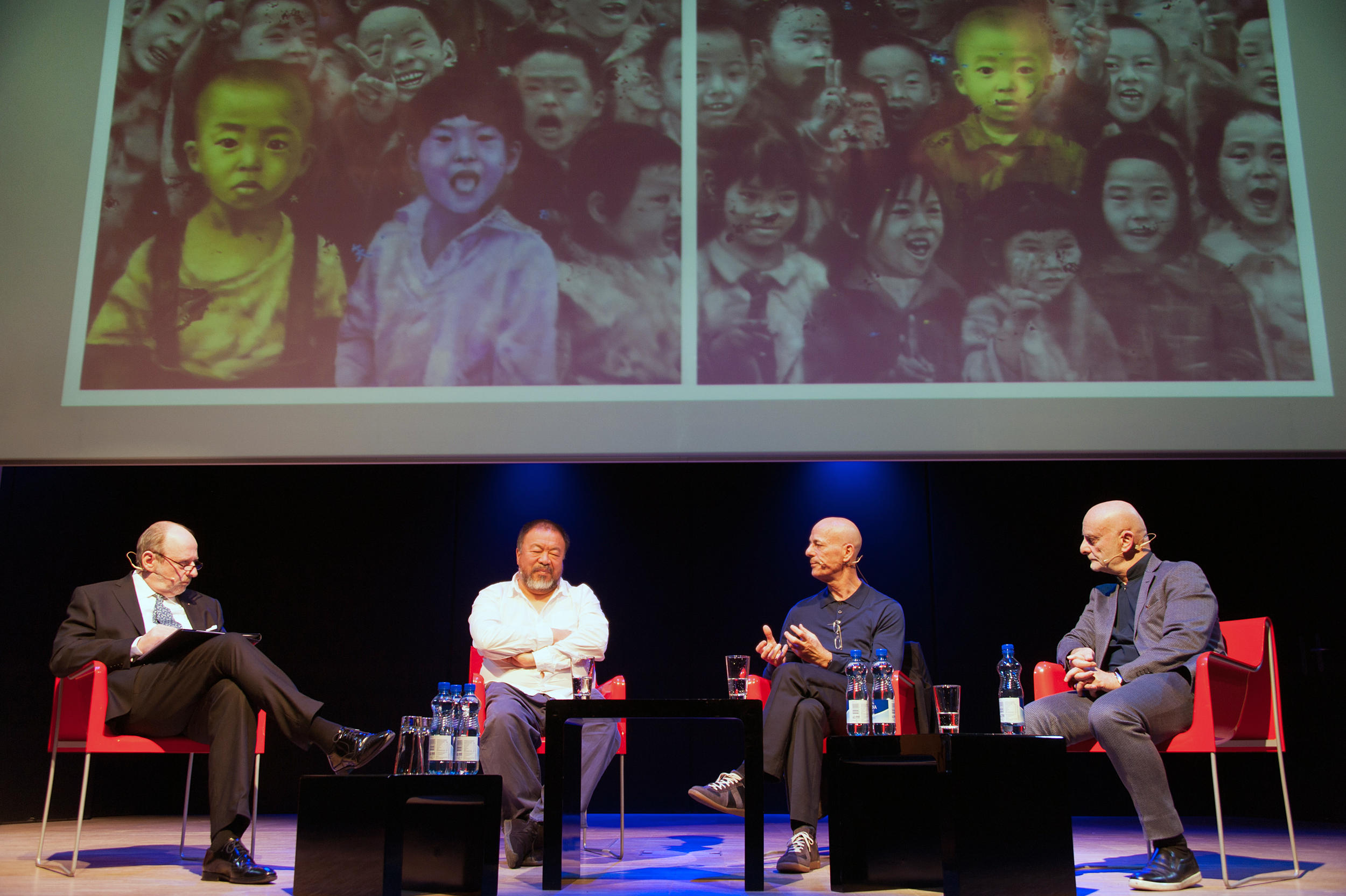
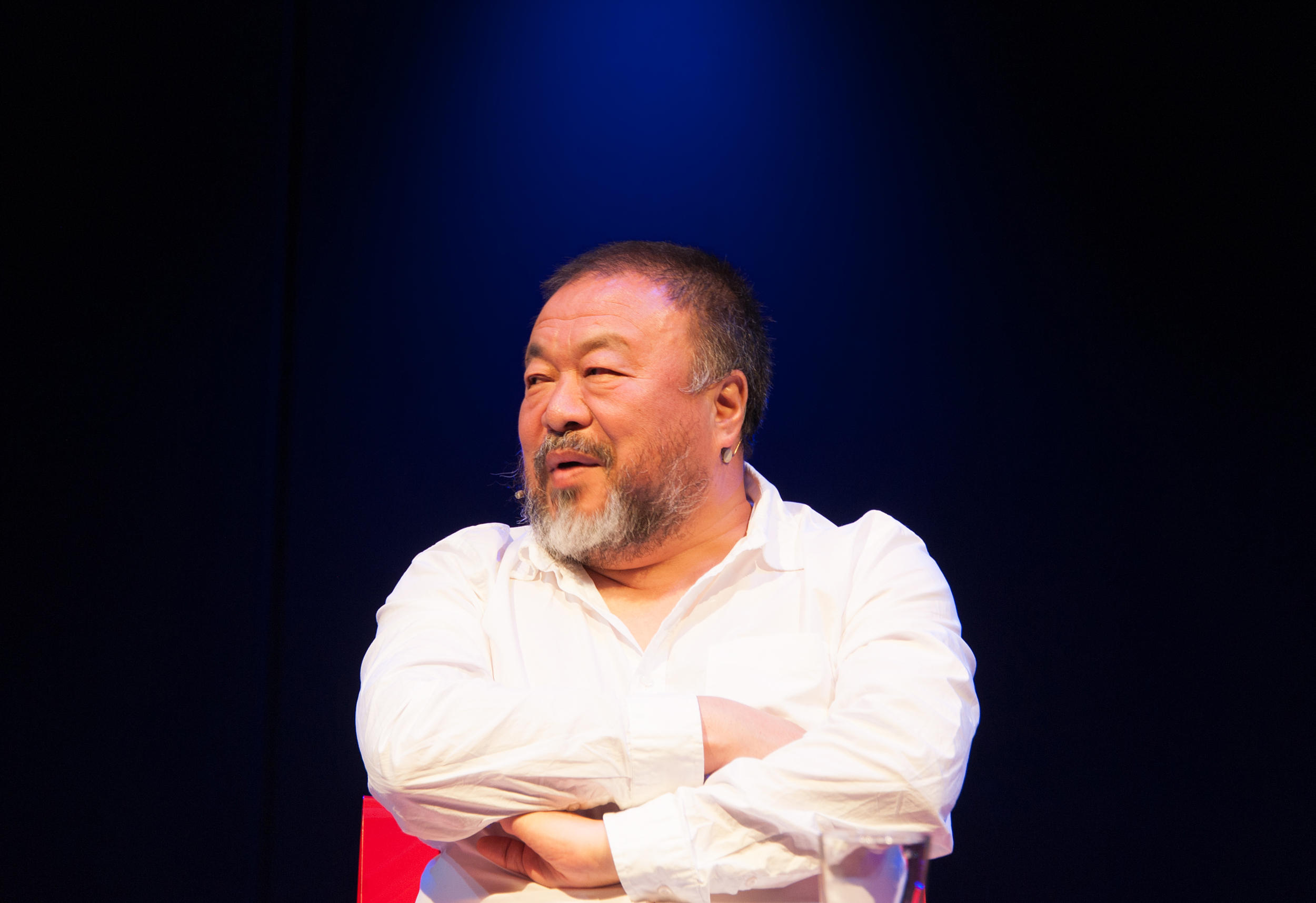

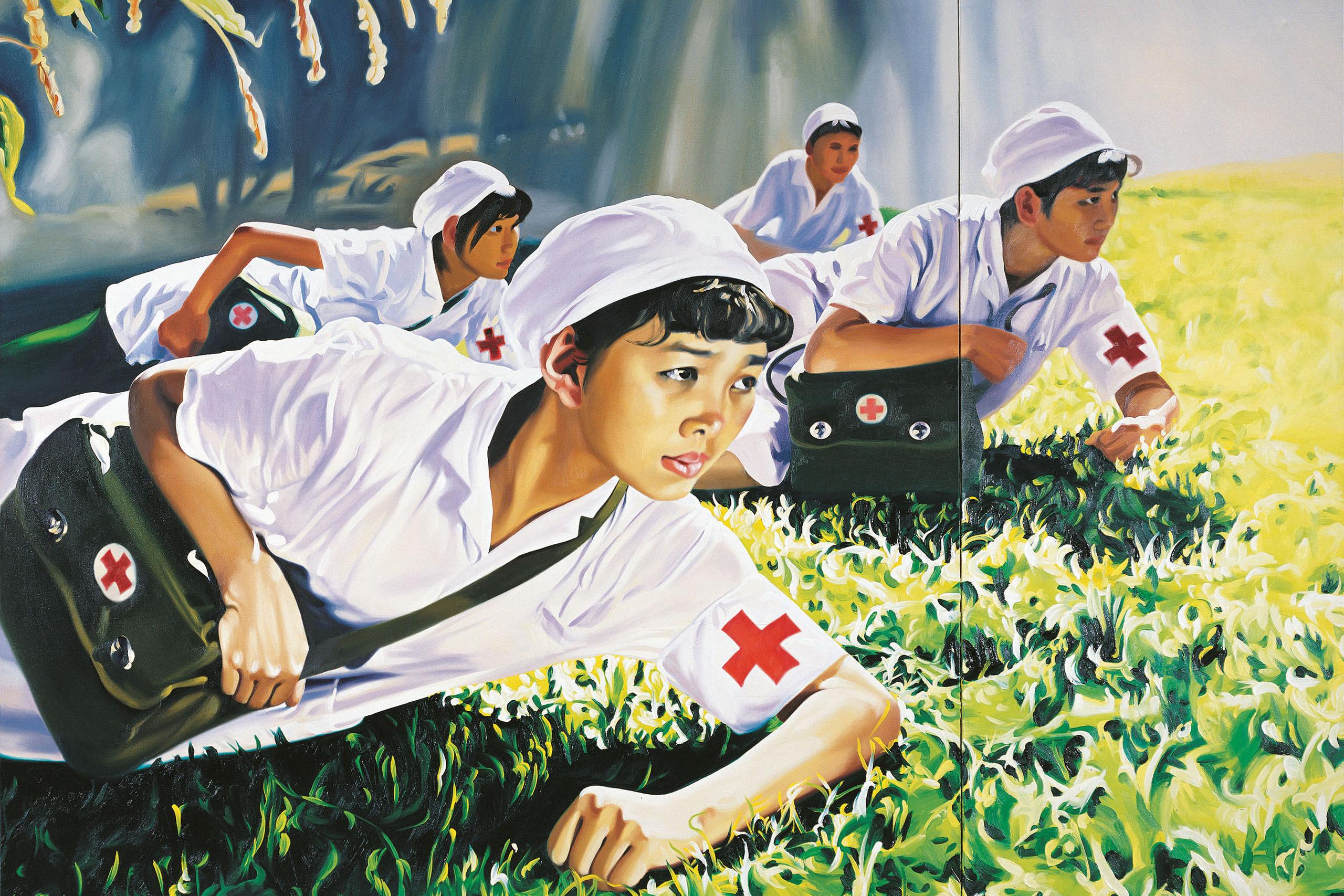
You can find an overview of ongoing debates with our journalists here. Please join us!
If you want to start a conversation about a topic raised in this article or want to report factual errors, email us at english@swissinfo.ch.